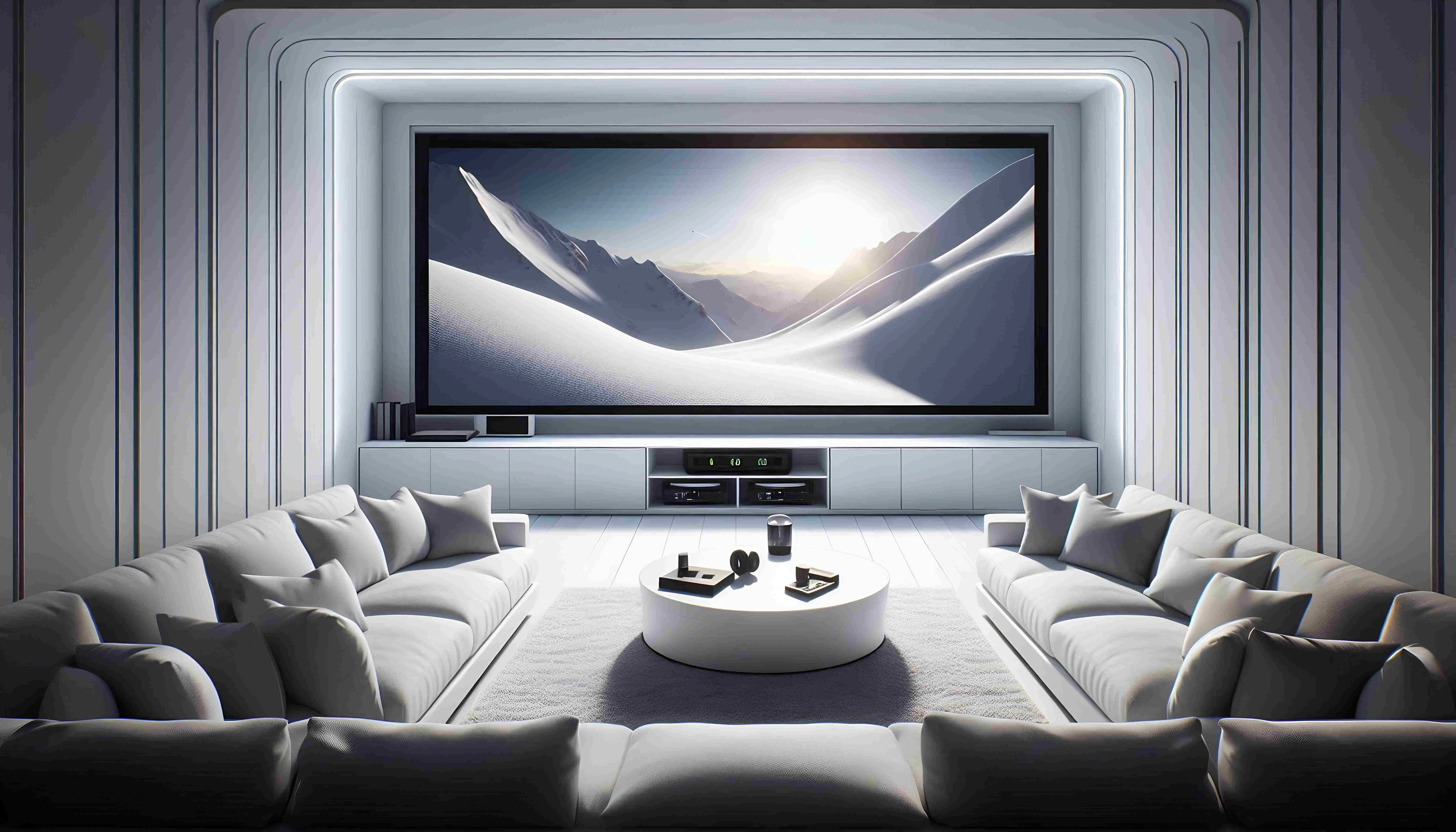The Early Days: 1970s–1980s
In the 1970s, home entertainment was simple. Families gathered around bulky CRT televisions, often limited to a handful of broadcast channels. Audio was delivered through mono or basic stereo speakers built into the TV. The introduction of VHS tapes in the late 1970s marked a significant shift, allowing people to watch movies at home. However, the experience was far from theatrical—picture quality was grainy, and sound lacked depth.
The 1980s brought incremental improvements. Stereo TVs emerged, and hi-fi systems with external speakers became popular among enthusiasts. The Laserdisc, introduced in 1978 but gaining traction in the 1980s, offered better video and audio quality than VHS, hinting at the potential for richer home viewing experiences.
The Rise of Surround Sound: 1990s
The 1990s were a turning point for home theatre. Dolby Pro Logic, introduced in the late 1980s, became widely adopted, enabling multi-channel audio that created a sense of immersion. By decoding surround sound from VHS tapes and early DVDs, it allowed viewers to experience directional audio—sound moving from left to right or behind the listener.
DVDs, launched in 1997, revolutionized video quality. With higher resolution than VHS and support for Dolby Digital 5.1, DVDs made true surround sound accessible. Home theatre receivers became central to systems, connecting speakers, TVs, and disc players. Enthusiasts began setting up dedicated “home theatre rooms” with 5.1 speaker configurations—five speakers (left, center, right, and two rear) plus a subwoofer.
The High-Definition Era: 2000s
The 2000s ushered in high-definition (HD) technology, redefining visual clarity. Flat-screen TVs, including plasma and LCD models, replaced bulky CRTs, offering larger displays with sleeker designs. The introduction of Blu-ray discs in 2006 brought 1080p resolution and lossless audio formats like Dolby TrueHD and DTS-HD Master Audio, elevating both picture and sound quality.
HDMI cables simplified connectivity, replacing the tangle of RCA cables with a single, high-bandwidth solution for audio and video. Meanwhile, 7.1 surround sound systems added more speakers for even greater immersion. By the late 2000s, home theatre systems were no longer a luxury but a mainstream aspiration, with affordable all-in-one packages hitting the market.
The Streaming and 4K Revolution: 2010s
The 2010s saw streaming services like Netflix and Amazon Prime reshape how we consume media. High-speed internet enabled on-demand HD and, later, 4K Ultra HD content. 4K TVs, with four times the resolution of 1080p, became widely available, supported by HDR (High Dynamic Range) for richer colors and contrast.
Audio technology kept pace with innovations like Dolby Atmos and DTS:X, which introduced height channels for a 3D sound experience. Soundbars emerged as a compact alternative to multi-speaker setups, often incorporating virtual surround sound and wireless subwoofers. Smart TVs integrated streaming apps directly, reducing the need for external devices like Blu-ray players or set-top boxes.
The Present and Future: 2020s and Beyond
Today, home theatre technology is more advanced and accessible than ever. 8K TVs are entering the market, though 4K remains the standard due to limited native 8K content. OLED and QLED displays deliver stunning visuals, with micro-LED promising even brighter, sharper images. Wireless audio solutions, like WiSA-certified speakers, eliminate cable clutter while maintaining high-quality sound.
Immersive technologies are pushing boundaries. Dolby Atmos setups with ceiling-mounted or upward-firing speakers create soundscapes that envelop viewers. Virtual reality (VR) headsets and spatial audio are beginning to merge with home theatre, offering personalized cinematic experiences. AI-driven upscaling enhances older content to near-4K quality, while voice-controlled assistants make systems easier to operate.
Looking ahead, advancements in holographic displays, augmented reality, and AI-optimized audio could redefine home theatre. Cloud gaming and interactive streaming may integrate with these systems, blurring the lines between gaming, movies, and virtual experiences.
Conclusion
The evolution of home theatre technology reflects a relentless pursuit of immersion, convenience, and affordability. From the grainy VHS tapes of the 1970s to today’s crystal-clear 4K streams and 3D audio, each decade has brought us closer to replicating—and sometimes surpassing—the cinema experience at home. As technology continues to advance, the future of home theatre promises to be even more exciting, immersive, and accessible.
